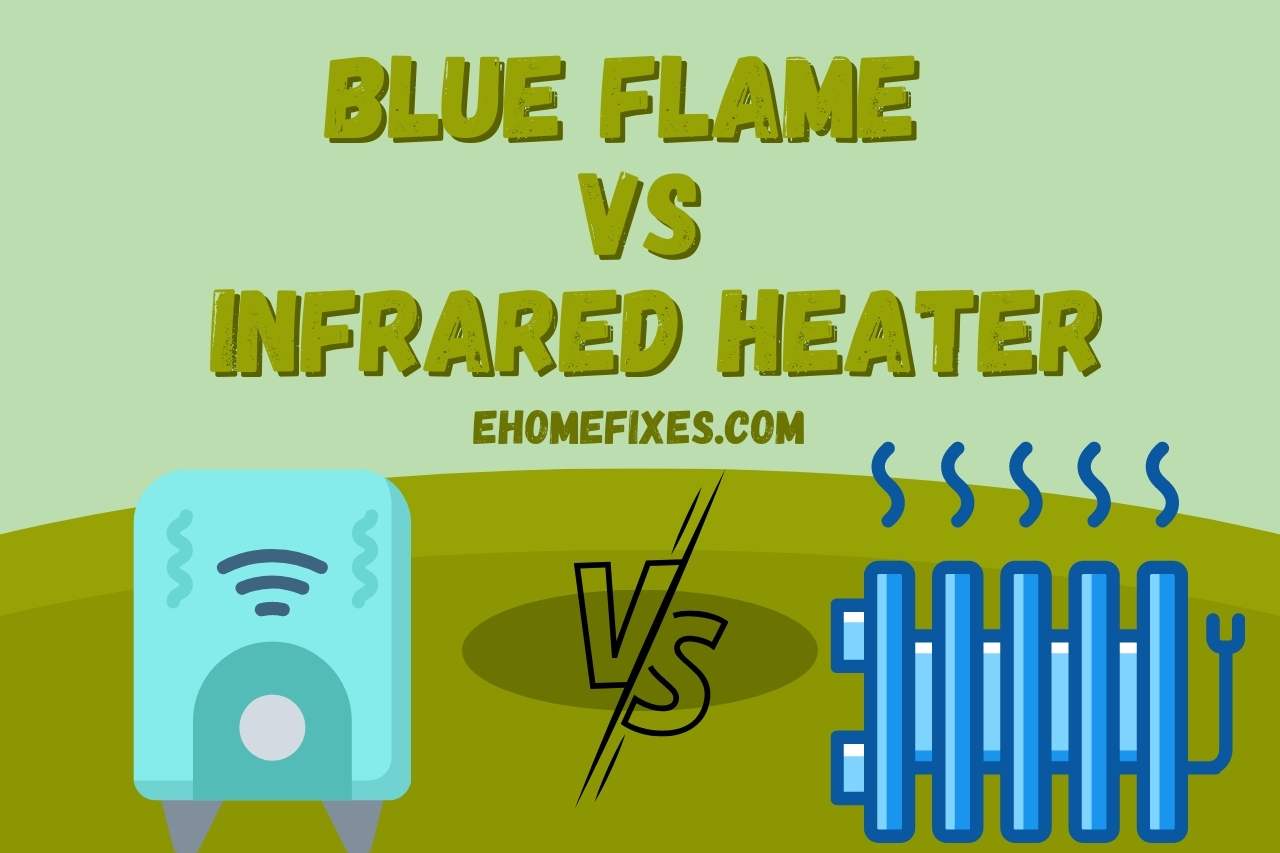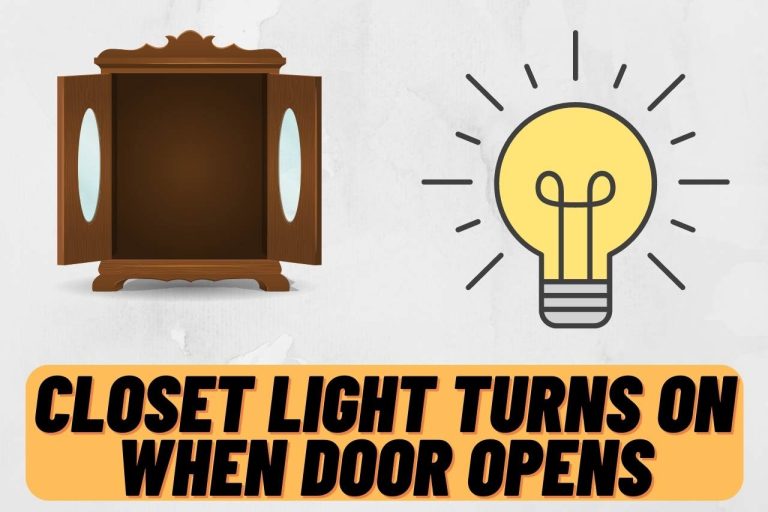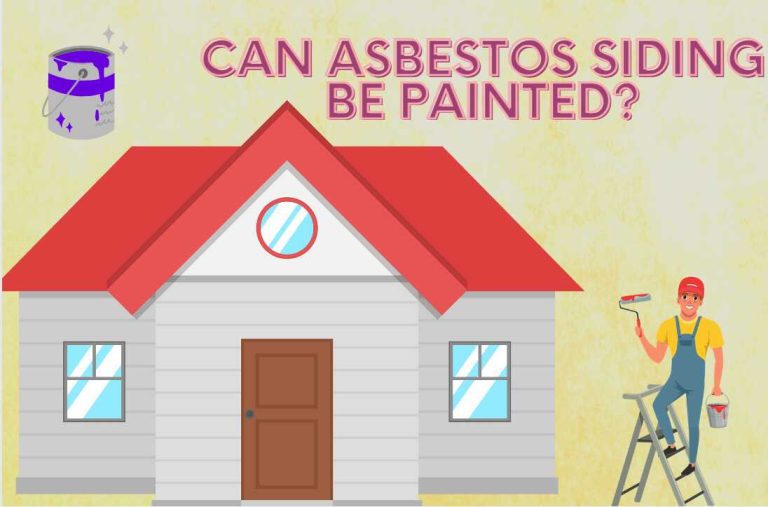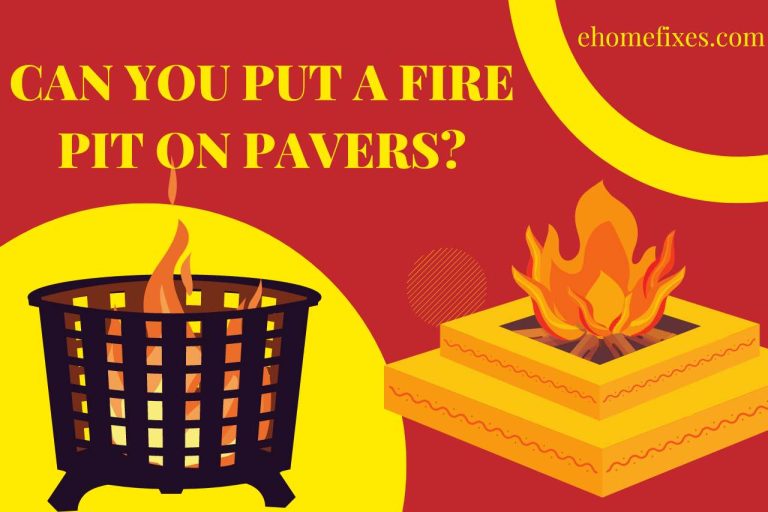Blue Flame vs Infrared Heater – What’s the Difference?
The most fundamental difference between a blue flame and an infrared heater is that the blue flame is used in an insulated place, and the infrared is used in an uninsulated place. Nowadays, heaters are costly. And people are looking for ways to limit energy usage. To overcome the heating inconvenience people face, these two natural gas and liquid propane vent-free heaters are good sources. Blue flame vs infrared heater: infrared or radiant heater directly produces the heat. At the same time, the blue flame heaters heat the air around an insulated space. Let’s go further into the article to learn the importance of choosing the right type of heater, its performance, cost, energy efficiency, and long-term savings.
What is a Blue Flame Heater?
A blue flame heater produces a blue-colored flame at the lower part of the heater. A blue flame heater works by emitting hot air into an insulated surrounding. These heaters generate heat by thermal convection. These convection heaters emit blue flame.
The hot air emitted will mix with the surrounding air in the room, leading to a rise in temperature. The heat emitted is both convection and radiation. This heater uses LPG or natural gas to heat the air in the insulated space.
Pros and Cons of Blue Flame Heaters
Pros
- They are stainless steel heaters that are durable and do not require replacement.
- These heaters can heat for around 4000 watts in 376 square feet.
- Unlike vent heaters, it produces less harmful gases, bad odor, or burning smell.
- Unlike other heaters like the electrical heater, this is a cheap and economical alternative to run.
- These heaters can burn and produce more heat than infrared or electric heaters.
Cons
- The flame may turn orange or yellow due to partial combustion. This is because of carbon monoxide produced during the process.
- The gas leak is flammable, so when you suspect any faint smell around the room. Make sure to open all the windows and allow room to ventilate.
- It is not effective in un-insulated spaces. The hot air can leak or release outside the space, so it only works for insulated spaces.
- These heaters produce heat very slowly compared to infrared heaters. It needs a ceiling or stands fan to spread the heat evenly around the place.
What is an Infrared Heater?
Infrared heaters use electromagnetic waves to heat any person or object around them directly. The heat produced is very similar to that of the sun. This is radiant energy produced to heat things around, unlike the blue flame, which heats the surrounding area.
It emits energy that is between 0.7 to 6 microns. These heaters are convenient, comfortable on the skin, and energy efficient. The energy source used to operate the heater include propane, electricity, and natural gas.
They work in wavelengths of 780 nm to 10 microns. The heat it produces can be from 100 degree Celsius to 3600 degrees Celsius.
Pros and Cons of Infrared Heaters
Pros
- The electromagnetic wavelength of infrared heaters can produce instant heat, unlike blue flame heaters.
- It does not require fans to spread the heat around. It can instantly heat the relevant person or object through radiation.
- When using infrared heaters, there is no inconvenient change in the environment. For example, it does not change the oxygen level or the humidity in the air surrounding the heater.
- A single radiant infrared heater can heat a space of nearly 1000 square feet.
- It can produce years’ worth of warmth, operating for 20 000 hours.
- Unlike blue flame heaters, it produces no toxic or pollutant byproducts and contaminants. This makes infrared heaters a much safer option.
Cons
- It can cause contact injury. The heating coil gets extremely hot with time. So, keep away from children and pets.
- Just as instant as it is with producing heat, it is instant with losing heat. The heat is instantly lost as soon as the heating is turned off.
- People who are allergic and have skin problems from radiant heat can be negatively affected by repetitive or long-term exposure.
- Infrared heaters are risky for skin swelling, scars, and dehydration. As these heaters radiate heat into people’s skin, they can easily remove the body’s water with increased heat energy transfer.
- This type of heating is targeted. It only evenly spreads heat all around.
Blue Flame vs Infrared Heater: Which is More Cost-effective?
| Features
|
Blue flame heaters
|
Infrared heaters
|
| Operating cost
|
The operating cost of blue flame gas heaters is much less compared to infrared electric heaters. For a 330 sq ft room, the gas heat is 3300 watts at 3.8 cents for each kilowatt per hour.
1 hour – 12.5 cents ($) Day- 75 cents ($) Week- $5.27 Month- $22.58
|
The operating cost of infrared heaters is much higher than that of blue flame. The heat for a 330 sq ft room is 2300 watts at 13.3 cents per kilowatt per hour.
1 hour – 30.6 cents ($) Day- $1.84 Week- $12.86 Month- $55
|
| Energy efficiency
|
Energy efficiency depends on the type of fuel used for the heater. Blue flame converts 100% of its energy into heat. The difference is blue flame heats the air. Use more energy
Bedroom-6.3W Bathroom- 13W Living room- 10W Open door space- cannot give heat
|
Energy efficiency depends on the type of fuel used for the heater. The infrared heaters produce 10% warmth and 90% heat radiation. The infrared heats the moisture in the air. Use less energy.
Bedroom-4.5W Bathroom- 9.3W Living room- 7W Open door space- 56W maximum |
| Heating type
|
It emits convection and radiant heat as hot air into the insulated rooms, rising upward. And require the help of a fan to spread heat evenly.
|
It emits direct electromagnetic radiant heat onto the person and objects around as radiation similar to sun heat.
|
| Health and safety measures | It can be flammable, producing a small number of contaminants, carbon monoxide on partial combustion leading to health risks like unconsciousness, headaches, or even death from air poisoning.
|
Much safer than blue flame and less risky, with no release of contaminants, pollutants, or gas leaks causing fire hazards.
|
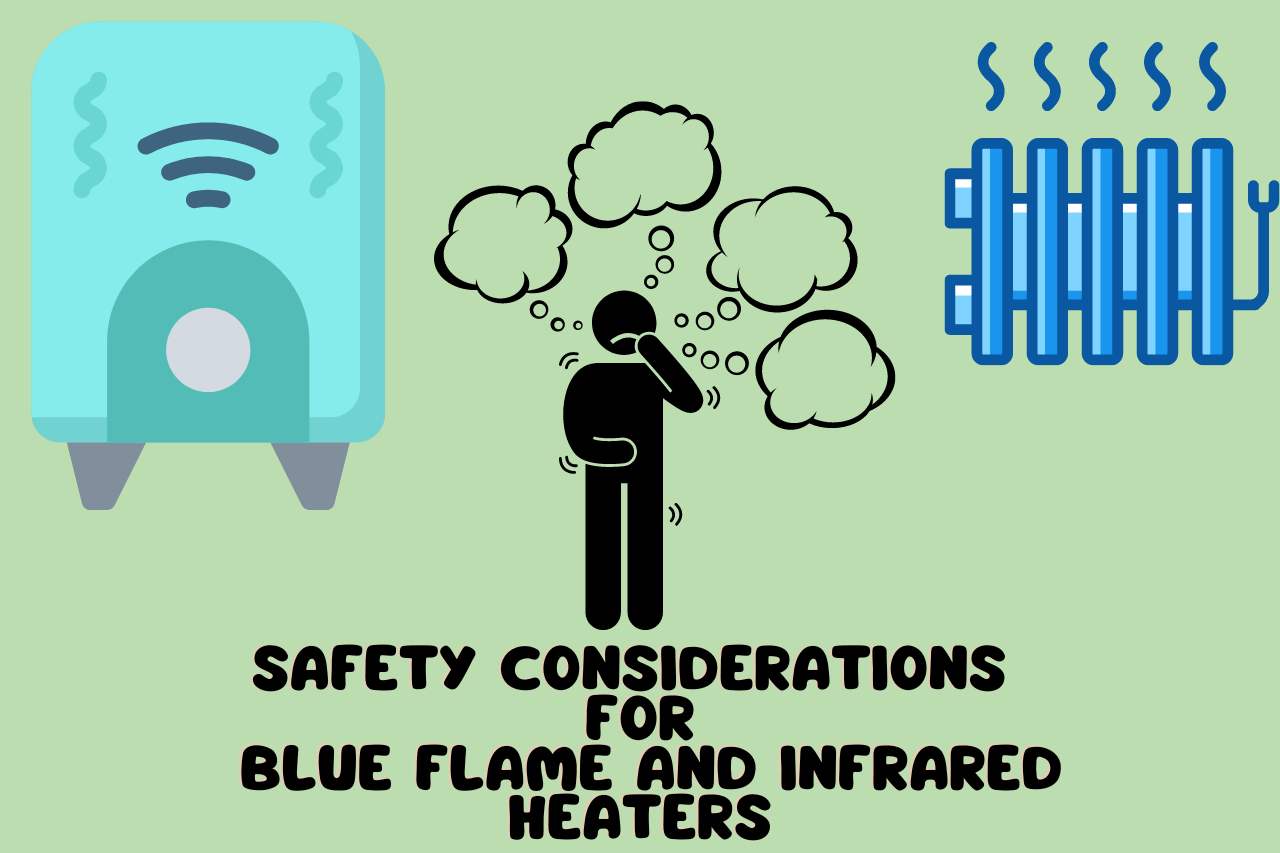
Safety Considerations for Blue Flame and Infrared Heaters
Blue Flame Heaters
These heaters can be cheap to buy as vent-free heaters, but there is a downside to safety considerations.
These types of heaters can produce carbon monoxide when there is patrial combustion. This when released into the insulated room can cause respiratory, Headaches, dizziness, unconsciousness, and death.
There is dust and nitrogen dioxide produced as well. The increased water vapor produced can form mold and mildew on the wall.
Infrared Heaters
These heaters do not have any trouble when it comes to safety considerations. It does not produce any carbon monoxide or harmful toxins in the air inside the room.
Electrical heaters can become a safety hazard. Do not let children or pets near the heating coil.
Maintenance and Care of Blue Flame and Infrared Heaters
Regular Maintenance Requirements
The blue flame does not require regular or everyday maintenance. It needs a yearly or annual operational check-up by a qualified expert or technician. The same applies to infrared heaters as well. If you detect any damages or faults while in use, turn off the heater and contact a technician for help.
Cleaning and Replacement Need
Cleaning and replacement need for the heaters are done periodically. The ceramic parts collect dust and dirt and clean this external surface and storage without harsh chemicals.
If there is a need to replace worn-out or defective parts and components, get them from the original manufacturer.
The warrant for the heaters is limited to defective components and parts. To extend the life of the heaters, use them only when you are present in the room and turn them off as you are away. Always get a technician to clean and maintain the heaters.
Which is Better for your Home: Blue Flame or Infrared Heaters?
Which heater is better? It entirely depends on the person, his preference, price, energy efficiency, whether the home is insulated or un-insulated, etc.
If the house is insulated, the best option is to go for a blue flame heater, because that is the best one designed for such space.
If the house has an open space with sufficient ventilation and an uninsulated design, it is ideal to use an infrared heater.
Watch this one,
Video Credits – Detroit DIY
Discover More: Related Articles You Can’t Miss

